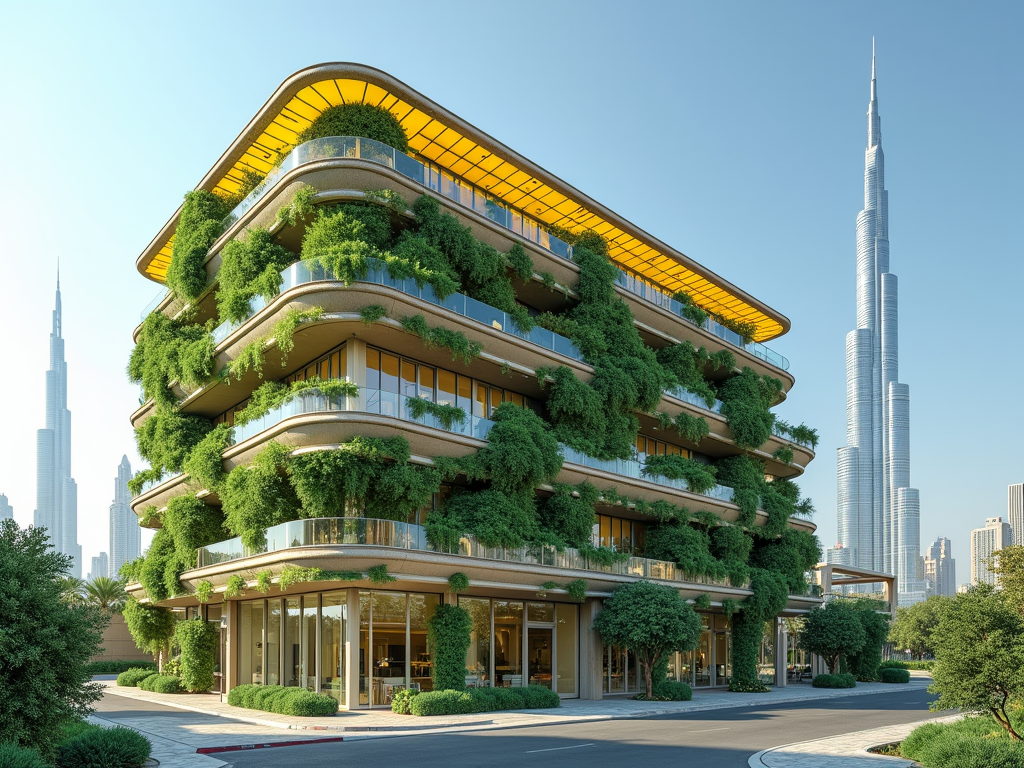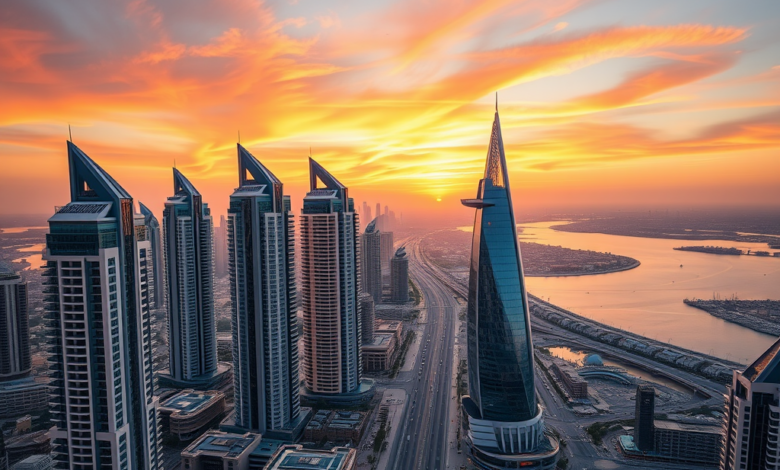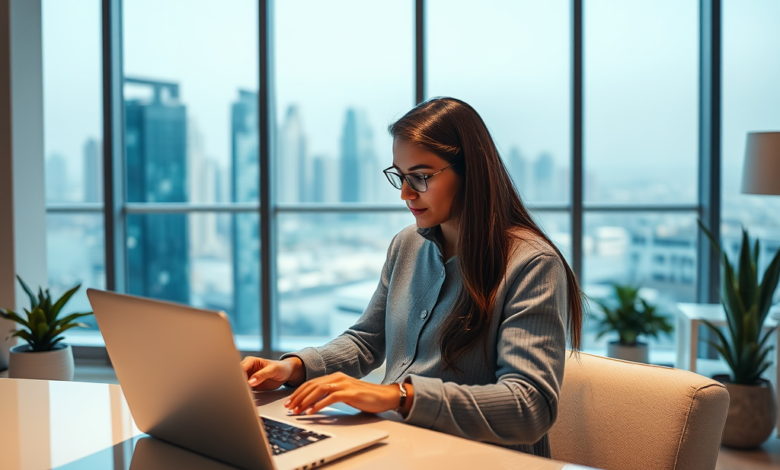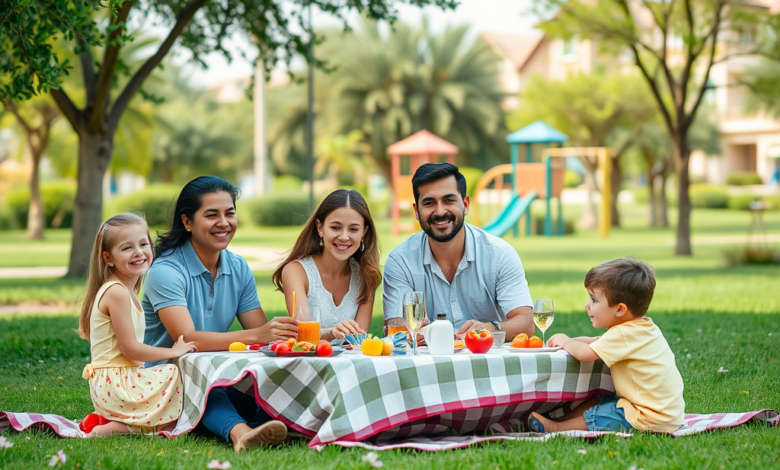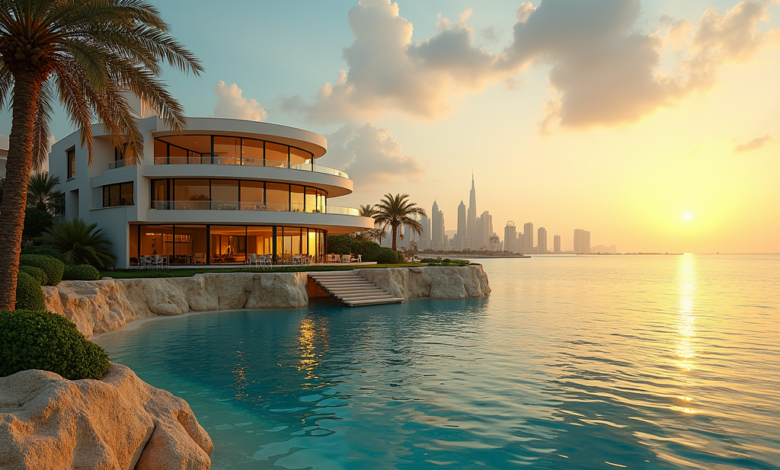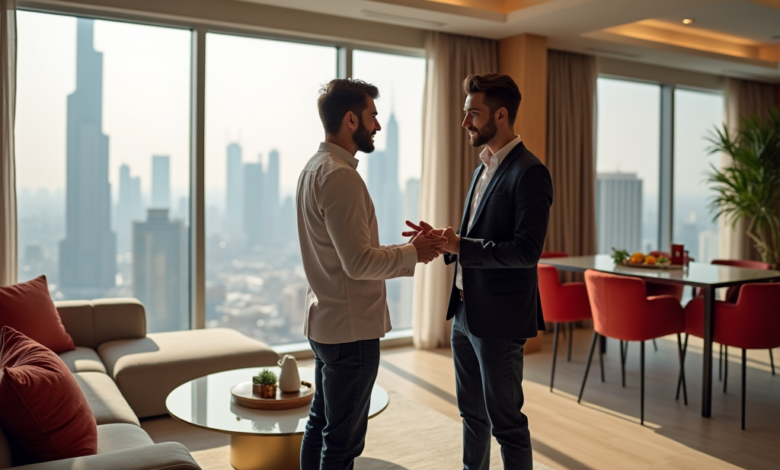Dubai is witnessing a notable shift towards sustainability in its architectural landscape, with green buildings taking center stage in the real estate market. The main topic of this article explores the emergence of such eco-friendly structures in Dubai, highlighting their benefits, growing popularity, and the implications for real estate investment. With increased awareness surrounding climate change and a commitment to reducing carbon footprints, investors and developers alike are recognizing the value of sustainability in building practices. The rise of green buildings represents not only an evolution in design but also a strategic pivot towards sustainable living. As Dubai continues to establish itself as a global hub for business and tourism, the integration of eco-friendly innovations becomes paramount.
The Benefits of Green Buildings
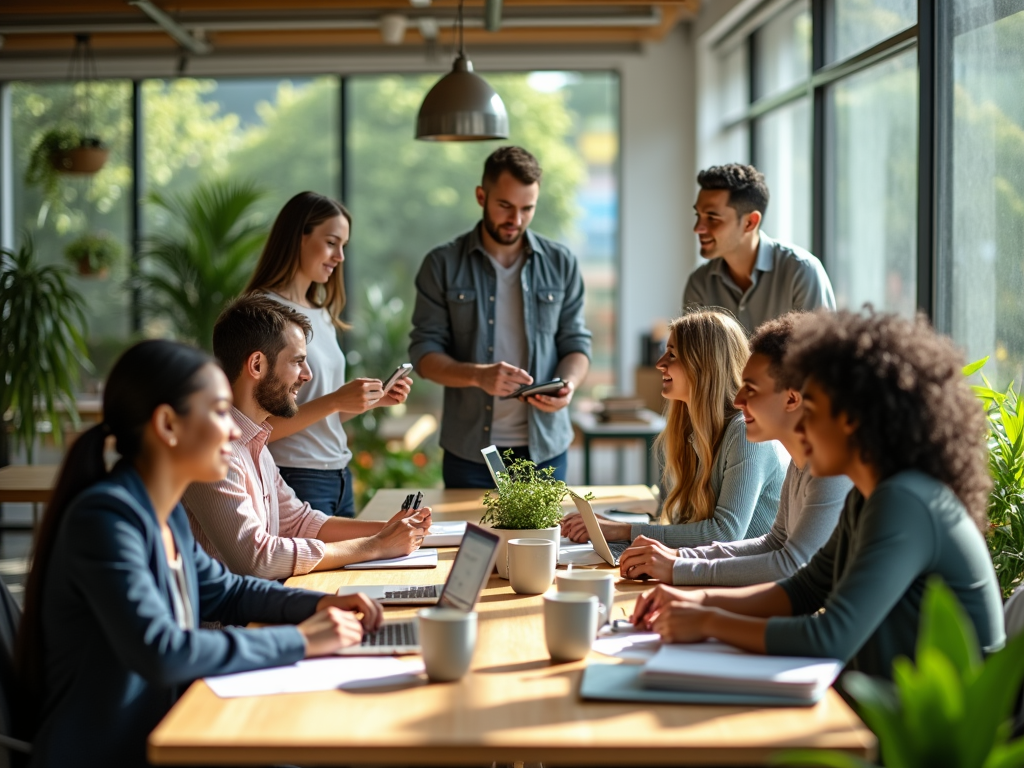
Green buildings in Dubai offer a plethora of benefits that extend beyond mere aesthetics. Firstly, they are designed to use less water, consume less energy, and reduce greenhouse gas emissions. Not only do these buildings promote healthier living conditions, but they also help occupants save money in the long run through lower utility bills. The following list outlines key advantages of investing in green buildings:
- Enhanced energy efficiency
- Reduced maintenance costs
- Increased property values
- Attraction of environmentally conscious tenants
- Compliance with local regulations on sustainability
Each of these benefits contributes to a more sustainable real estate market, making green buildings increasingly attractive for both developers and investors.
Government Initiatives Supporting Green Building Development
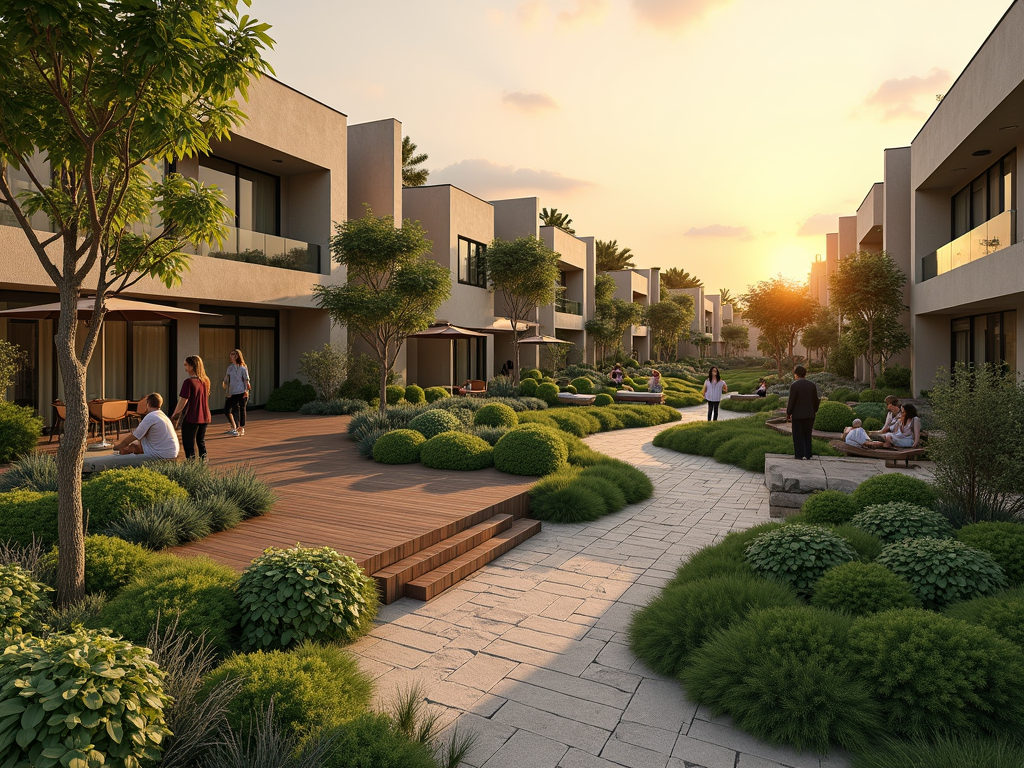
The government of Dubai has implemented several initiatives to promote sustainable building practices. Through the Dubai Clean Energy Strategy 2050, the aim is to make Dubai a global center for clean energy and green economy. Moreover, the Dubai Municipality has introduced regulations mandating environmental considerations in construction projects. These initiatives include:
- The UAE Green Building Code, which sets standards for sustainability in design and construction.
- Incentives for developers to utilize green materials and technologies.
- Public awareness campaigns emphasizing the importance of sustainability.
Such regulatory frameworks not only aid in the reduction of energy consumption but also encourage real estate developers to invest in sustainable solutions, thereby driving the trend of green buildings in Dubai.
Market Trends in Sustainable Real Estate Investments
The green building market in Dubai is growing at an unprecedented rate, driven largely by changing consumer preferences and investor priorities. Recent studies indicate a significant increase in demand for sustainable properties, with investors recognizing that green buildings often deliver better returns over time. Key market trends influencing this shift include:
- Increased consumer awareness of environmental issues.
- Corporate responsibility initiatives pushing organizations to adopt sustainable practices.
- Government incentives promoting eco-friendly construction and retrofitting existing structures.
- Technological innovations reducing the costs of green building materials and practices.
- Global investment interest in sustainable assets as part of ethical investment strategies.
This combination of factors showcases the rising importance of sustainable investments in the real estate sector in Dubai.
The future of Dubai’s real estate market appears promising with continued investment in green buildings. As the city aims to attract more tourists and businesses, sustainable architecture will become a significant selling point. Additionally, the implications for the market encompass:
- Increased collaboration among stakeholders to design innovative green solutions.
- Growth of a green jobs market as demand for skilled professionals in sustainability rises.
- Potential policy developments that further reinforce sustainable practices in real estate.
- Enhanced global reputation as a leading city in sustainable development.
As these trends continue to evolve, investors should position themselves strategically to benefit from Dubai’s sustainable real estate movement.
Conclusion
The rise of green buildings in Dubai is not just a trend but a necessary evolution toward sustainable living. With a multitude of benefits, supportive government policies, and a growing market demand, investing in eco-friendly real estate offers attractive financial and social returns. As Dubai strives to become a leader in sustainability, the future promises to redefine urban living, creating healthier, more efficient spaces for residents and businesses alike.
Frequently Asked Questions
1. What is a green building?
A green building is designed, constructed, and operated in a way that reduces its overall impact on the environment and human health, focusing on energy efficiency, water conservation, and sustainable materials.
2. How do green buildings contribute to energy savings?
Green buildings employ energy-efficient systems, such as improved insulation, solar panels, and energy-neutral design, which significantly reduce energy consumption and expenses for occupants.
3. Are there any financial incentives for investing in green buildings in Dubai?
Yes, investors may benefit from different incentives from the government, including reduced fees, subsidies for using sustainable materials, and potential tax advantages.
4. What role does technology play in green building construction?
Technology plays a crucial role by providing innovative solutions such as smart building systems, sustainable materials, and techniques that enhance energy efficiency and minimize waste.
5. Can existing buildings be converted to green buildings?
Absolutely! Many existing buildings can be retrofitted with green technologies and improved sustainability features to meet green building standards.
